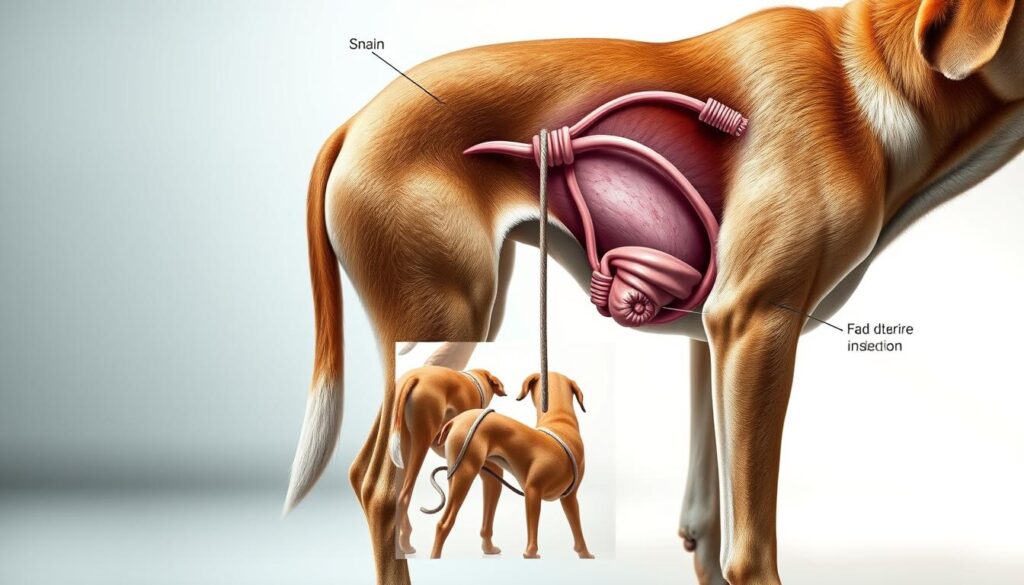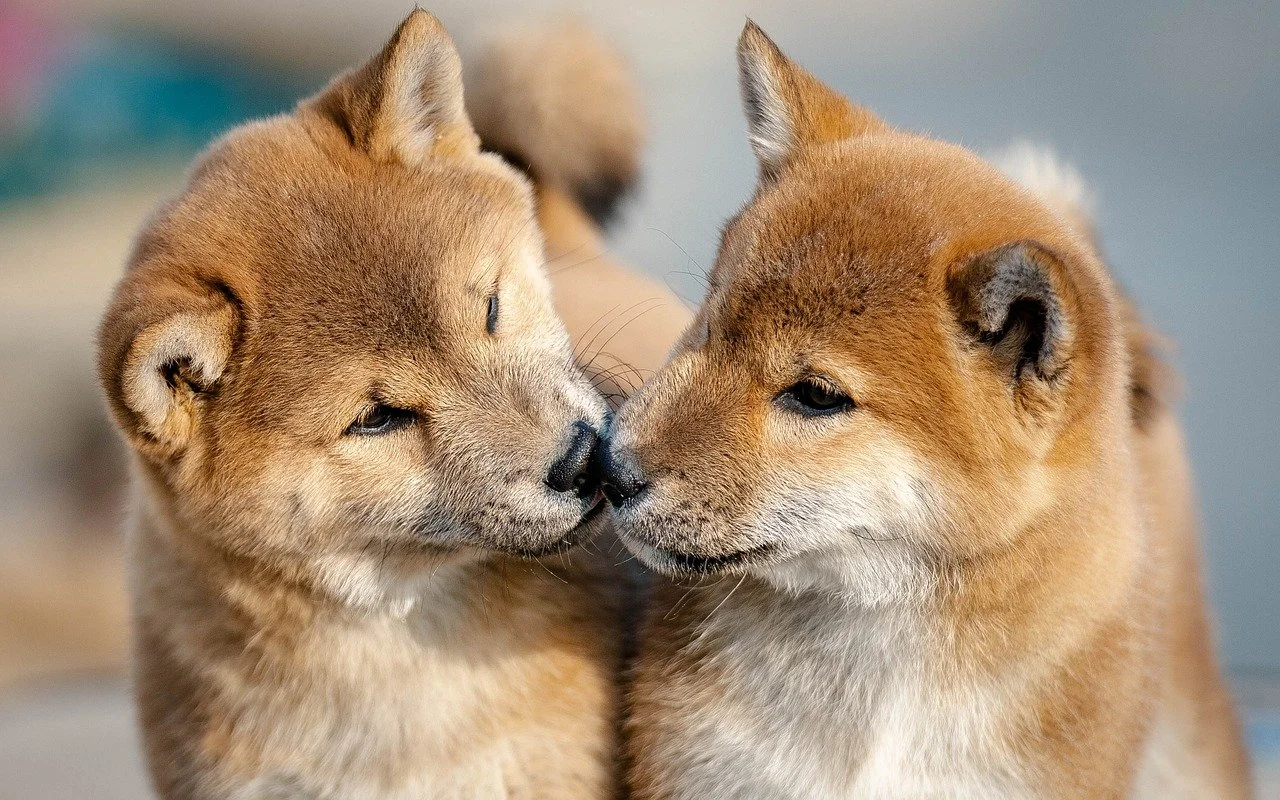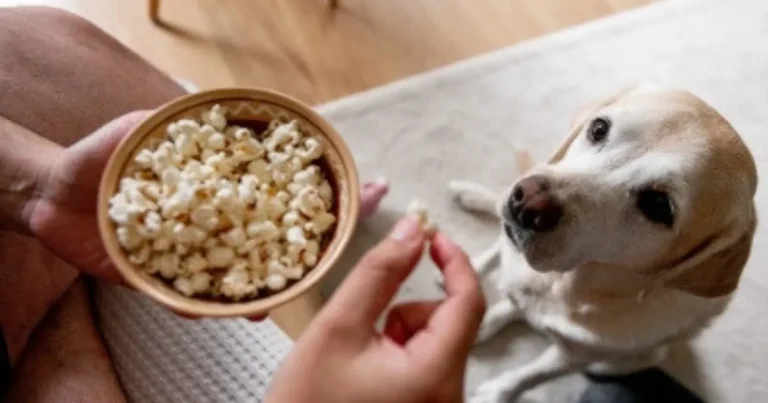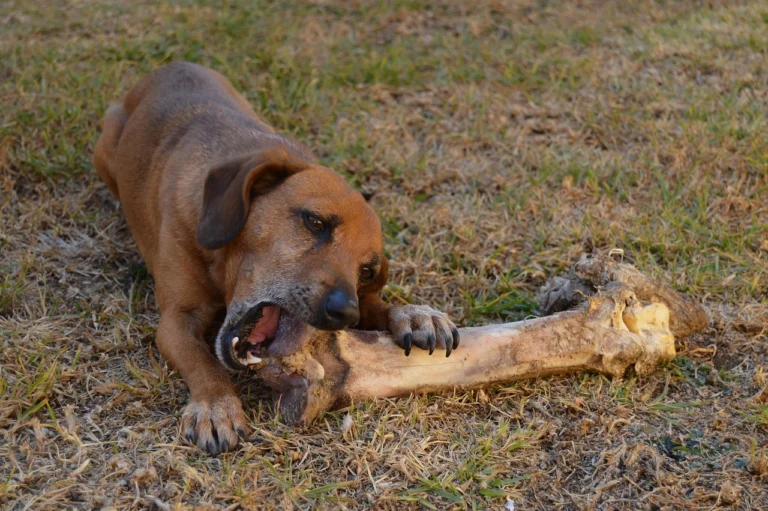Dogs Stuck Together After Mating: What It Means 101
Ever seen your dogs mate and then they’re stuck together? It might worry you. But, it’s a natural part of their mating behavior that has puzzled many pet owners.
Dogs getting stuck together is called “the tie.” It’s a natural process that helps them breed successfully. It might look uncomfortable, but it’s a normal part of their biology.
To understand this, you need to know about their reproductive anatomy. This process involves changes that might seem strange to us. But, it’s crucial for their reproduction. Your dog is not in danger, even if it looks unusual.
In this guide, we’ll cover everything about dogs mating behavior. We’ll explain why they get stuck together and what it means for them. Whether you’re worried about your pet or just curious, you’ll learn a lot about this fascinating process.
Table of Contents
Dogs Stuck Together: The Natural Mating Process
Dog breeding is a complex and fascinating process. It requires a deep understanding of the biological steps involved. Pet owners and breeders must know the stages and physical changes that happen during reproduction.
Understanding dog breeding starts with knowing the natural mating process. It’s not just about physical contact. It involves many stages that are crucial for successful breeding.
Stages of Dog Mating
The mating process in dogs has several key stages:
- Courtship and attraction
- Initial mounting
- Penetration
- Copulatory tie
- Separation
Normal Duration of Mating
The mating process in dogs usually lasts between 10-30 minutes. The copulatory tie, where dogs stay connected, is a key part of successful breeding.
Physical Changes During Mating
Male and female dogs go through big physical changes during mating:
- Male dogs see swelling of their reproductive organ
- Female dogs show receptive body language
- Hormonal changes lead to specific behaviors
“Understanding the natural mating process helps ensure healthy breeding practices and responsible pet ownership.” – Veterinary Reproduction Specialists
Remember, each dog’s mating experience is unique. Always seek professional advice when dealing with dog breeding issues.
What is “The Tie” in Dog Mating
Dog mating behavior is full of interesting facts. One of these is “the tie.” It’s when dogs get physically connected during mating. This looks like a temporary lock between them.
When dogs mate, they get stuck together. This is a natural way to make sure the mating is successful. The male’s organ swells inside the female. This connection can last from 10 to 30 minutes.
- The tie is a critical part of dog reproduction
- It helps increase the chances of successful fertilization
- Prevents other males from mating with the female
Biological Purpose of the Tie: This unique mating characteristic serves several important functions:
- Ensures sperm delivery to the female reproductive tract
- Reduces competition from other male dogs
- Maximizes the potential for successful breeding
“Nature has designed this intricate process to optimize reproductive success in canines.” – Veterinary Reproductive Specialist
For dog owners and breeders, knowing about this is key. The tie is a normal part of mating and shouldn’t worry you. Stay calm and let the dogs separate on their own. Don’t try to pull them apart.
Dogs Stuck Together: Why It Happens
When dogs mate, a unique phenomenon occurs that can puzzle many pet owners. Dogs stuck together is a natural part of the canine reproductive process. Understanding why this happens can help you feel more informed and less worried during this biological event.
The process of dogs getting stuck together is rooted in their reproductive anatomy and hormonal signals. This natural occurrence, known as the tie, serves a critical purpose in dog breeding.
Anatomical Explanation
Dogs experience a unique physical connection during mating due to specific reproductive structures. The male dog’s penis swells inside the female’s vagina, creating a temporary lock that prevents separation. This anatomical design ensures maximum chances of successful reproduction.
- Male dogs have a bulbus glandis that expands during mating
- The expanded gland creates a physical connection with the female
- This lock helps prevent other males from mating
Hormonal Factors
Hormones play a significant role in dogs stuck together. Testosterone and estrogen trigger complex biological responses that facilitate the mating process. These hormonal changes influence the physical connection between male and female dogs.
Duration of the Lock
The time dogs remain stuck together can vary. Typically, this connection lasts between 10 to 30 minutes. During this period, how to separate dogs stuck together should never involve forceful intervention.
| Mating Phase | Typical Duration | Characteristics |
|---|---|---|
| Initial Mounting | 2-3 minutes | Positioning and initial connection |
| Tie/Lock Period | 10-30 minutes | Physical connection and sperm transfer |
| Post-Mating Separation | Gradual | Natural relaxation of reproductive muscles |
Remember, dogs stuck together is a normal biological process. Remain calm and allow the natural mating procedure to complete without interference.
Dogs Stuck Together: Safety Measures
When dogs get stuck together during mating, staying calm is key. Trying to pull them apart can hurt them both badly.
Your main goal is to make a safe, calm space for them. Usually, a vet isn’t needed since this is just part of how dogs mate.
- Keep other animals and people away from the mating dogs
- Provide a quiet, calm space
- Avoid touching or trying to separate the dogs
- Monitor the dogs from a distance
Knowing the right steps can keep both dogs safe during this time.
| Do’s | Don’ts |
|---|---|
| Remain calm | Do not pull dogs apart |
| Provide a quiet environment | Avoid sudden loud noises |
| Keep other pets away | Do not try to intervene physically |
If you see unusual distress or prolonged mating, call a vet. Usually, dogs will separate on their own in 15-30 minutes.
Remember: Patience and calm are your best tools during this natural process.
Common Misconceptions About Dog Mating
Many pet owners find dog mating behavior hard to understand. There are lots of myths and misunderstandings about how dogs reproduce. These can cause worry or lead to wrong actions.
Myths vs. Reality in Dogs Mating Behavior
There are many myths about dogs mating behavior. Let’s look at some common ones:
- Myth: Dogs can be forcibly separated during mating
Reality: Trying to pull dogs apart can hurt them badly.
- Myth: All mating encounters look the same
Reality: Each mating is different.
- Myth: Mating always results in pregnancy
Reality: Just because dogs mate, it doesn’t mean they’ll get pregnant.
What Not to Do During the Tie
Here’s what pet owners should avoid during mating:
- Don’t panic or get too worried.
- Don’t try to pull the dogs apart.
- Don’t interrupt the mating process.
- Don’t stress out the dogs.
Understanding Normal vs. Abnormal Behavior
Normal mating behavior includes a tie that lasts 10-30 minutes. This is a natural part of reproduction. But, look out for signs of trouble like too much aggression or pain.
Knowing about dog mating behavior can help avoid problems during reproduction.
Learning about canine reproduction can make mating safer and more comfortable for your dogs.
When to Contact a Veterinarian

Knowing when to get emergency dog care is key for your pet’s health. Most dog mating is normal, but some situations need a vet’s help.
Look for these warning signs to call a vet right away:
- Excessive pain or distress during the tie
- Prolonged mating lock beyond 30 minutes
- Visible signs of physical injury
- Aggressive behavior between dogs
- Unusual bleeding or discharge
Vets say keep a close eye on your dogs during and after mating. Some situations need vet help right away, like:
| Concern Level | Symptoms | Recommended Action |
|---|---|---|
| High Risk | Severe struggling or screaming | Call veterinarian immediately |
| Moderate Risk | Unusual swelling or discomfort | Schedule prompt veterinary check-up |
| Low Risk | Minor behavioral changes | Monitor and consult if persistent |
Remember, professional guidance ensures your dogs’ safety during and after mating.
Preventing Unwanted Mating Situations
Dog owners face unique challenges during breeding seasons. Knowing about dogs in heat can help prevent unwanted pregnancies. It also keeps your pet safe and healthy.
To stop dogs from mating, you need to manage them carefully. Watch for early signs and use control methods.
Recognizing Signs of Heat
Female dogs usually go into heat every 6-8 months. Look for these signs:
- Swollen vulva
- Bloody discharge
- Increased urination
- Behavioral changes
- Attraction of male dogs
Management Techniques
There are several ways to prevent unwanted mating:
- Keep female dogs indoors during heat cycles
- Use protective dog diapers
- Separate male and female dogs
- Walk females on a secure leash
- Consider temporary isolation
Timing Considerations
Knowing your dog’s reproductive cycle is key. Most female dogs are fertile for 9-14 days during their heat cycle. Keep track of these dates to prevent mating.
“Prevention is always better than unexpected consequences in dog breeding.” – Veterinary Reproductive Specialists
| Prevention Method | Effectiveness | Ease of Implementation |
|---|---|---|
| Spaying/Neutering | High | Permanent |
| Physical Separation | Moderate | Requires Constant Monitoring |
| Protective Gear | Low-Moderate | Temporary Solution |
Consulting with a veterinarian can provide personalized guidance for your specific situation. They can help you develop the most effective prevention strategy.
Health Implications of Mating

Dog breeding can affect the health of male and female dogs. It’s important for pet owners and breeders to know about these risks.
There are several health concerns for dogs in heat. These include:
- Potential physical injuries during mating
- Risk of sexually transmitted infections
- Hormonal changes affecting long-term health
- Reproductive system stress
Female dogs face many health risks during mating and pregnancy. They can face several medical challenges that need close monitoring and vet care.
“Prevention and early detection are key to managing dog breeding health issues.” – Veterinary Reproductive Specialists
Male dogs can also have health problems from breeding. These issues include:
- Increased risk of prostate problems
- Potential transmission of genetic diseases
- Physical strain during mating
- Hormonal imbalances
Regular vet visits are crucial for breeding dogs. Your vet can spot and prevent health issues. This ensures the health of both male and female dogs during breeding.
Tips for Dog Breeders and Owners
Successful dog breeding needs careful planning and understanding of dog mating behavior. Breeders and owners must be knowledgeable and sensitive. This ensures the health and safety of the dogs.
Dealing with dog breeding issues requires attention to detail and thorough preparation. Your approach greatly affects the mating process and the dogs’ health.
Creating a Safe Environment
Creating the right environment is key for successful dog mating. Keep these points in mind:
- Choose a quiet, familiar space for the dogs
- Minimize external distractions and noise
- Ensure comfortable temperature and lighting
- Remove potential stress triggers
Monitoring the Process
Understanding dog mating behavior means observing carefully without interrupting. Remember these tips:
- Observe from a respectful distance
- Watch for natural mating signals
- Recognize signs of discomfort or aggression
- Be prepared to separate dogs if necessary
Post-Mating Care
After mating, proper care is vital for both dogs’ health. Follow this care guide:
| Dog | Care Recommendations |
|---|---|
| Female Dog | Rest, nutrition, minimal exercise, veterinary check |
| Male Dog | Hydration, light activity, monitoring for stress |
| Both Dogs | Calm environment, balanced diet, emotional support |
Responsible breeding practices protect the health and happiness of your dogs. They ensure the best possible outcomes.
Conclusion
Understanding the mating process in dogs is important for all pet owners. When dogs get stuck together, it’s a normal part of mating and not a sign of a problem. This natural behavior happens often and should be approached with patience and care.
Dogs stuck together during mating is just one step in a healthy and natural process. Knowing the difference between normal mating behavior and potential health issues is essential for your dog’s well-being.
If you don’t plan to breed your dog, spaying or neutering is a responsible choice. These procedures prevent unwanted mating and help manage pet populations. Your veterinarian can provide advice on reproductive health and care.
By understanding dogs stuck together and the mating process, owners can provide a safe, calm, and supportive environment. Whether you are a new dog owner or an experienced breeder, staying informed ensures your dog stays healthy and stress-free.







